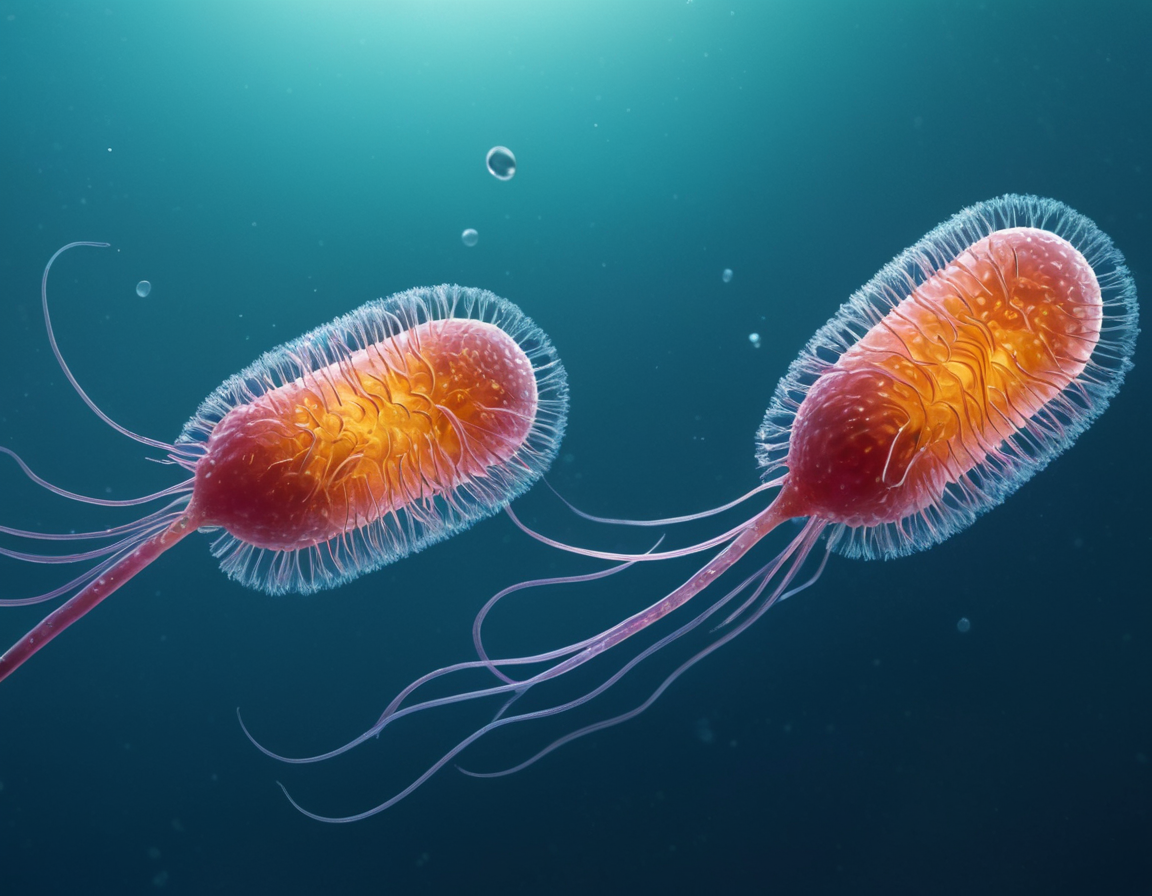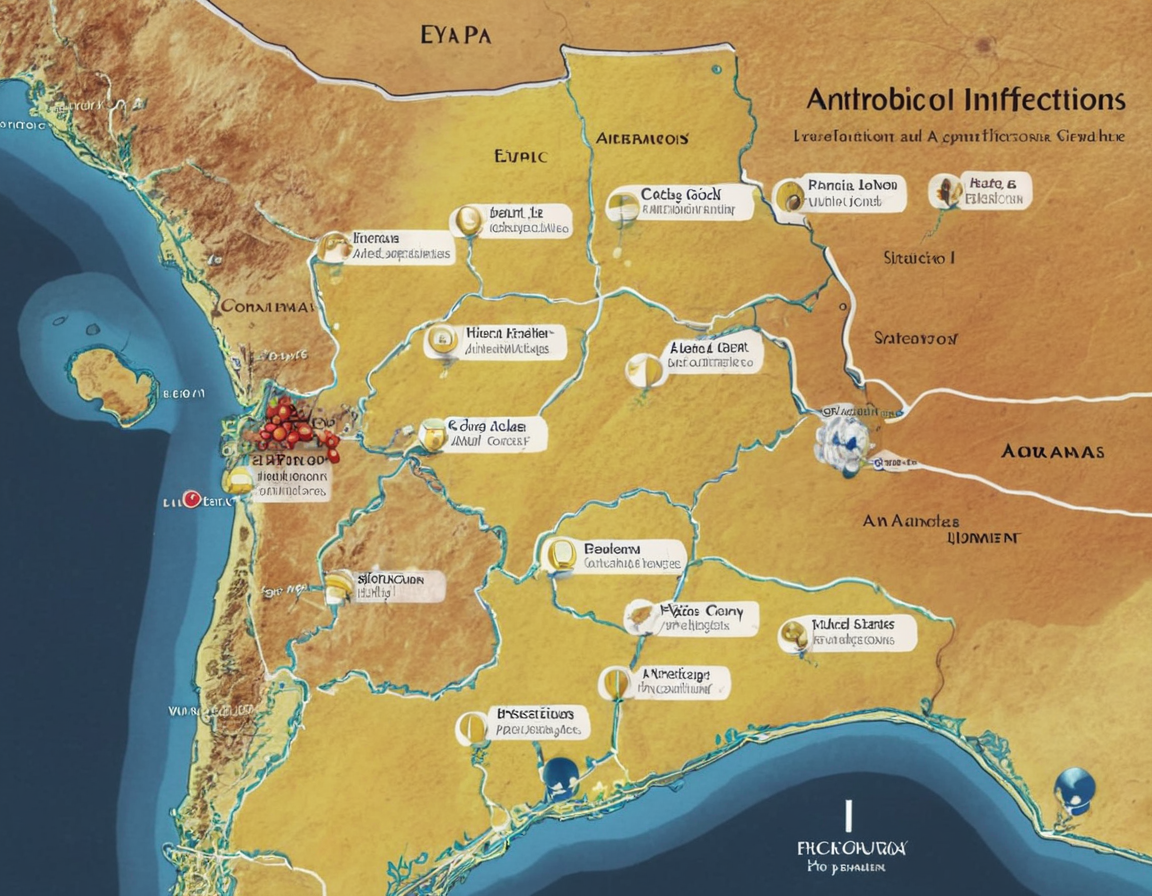Aeromonas jandaei: Unveiling the Mystery of the Waterborne Pathogen
A Deep Dive into Aeromonas jandaei: Understanding a Potent Waterborne Pathogen
In recent years, the scientific community has turned its attention to a less known but increasingly relevant bacterium called Aeromonas jandaei. This microorganism, commonly found in a variety of aquatic environments, has been associated with various health concerns in humans and animals alike. The importance of understanding this bacterium has never been more critical as our interactions with natural water sources continue to grow.
Background: What is Aeromonas jandaei?
Aeromonas jandaei is a gram-negative, rod-shaped bacterium that thrives in freshwater and brackish environments. Although it was once considered a harmless inhabitant of these aquatic ecosystems, research has shown that this microbe has pathogenic potential, capable of causing an array of diseases.

Current Relevance: The Rising Concern
The pertinence of Aeromonas jandaei has come to the fore due to its increasing detection in water sources and its resistance to common antibiotics. This has implications for public health, especially in areas where drinking water treatment and sanitation practices may not be adequate.
Expert Opinions: Evaluating the Threat Level
Microbiologists and healthcare professionals have expressed concern over the antibiotic resistance patterns of Aeromonas jandaei. Studies suggest that infections caused by this bacterium could lead to severe outcomes if not properly identified and treated.

Real-world Impact: Cases and Symptoms
Real-life cases of Aeromonas jandaei infections have included gastrointestinal illness, wound infections, and in rare instances, life-threatening conditions such as septicemia. The symptoms can range from mild abdominal discomfort to severe, systemic infections, highlighting the need for vigilance.
Future Outlook: Strategies for Mitigation and Research
To combat the threat posed by Aeromonas jandaei, scientists are calling for improved monitoring of water quality, heightened awareness among medical professionals, and increased funding for research on effective treatments and prevention strategies.

In conclusion, while Aeromonas jandaei may not be as widely known as other pathogens, its potential for causing harm should not be underestimated. As our relationship with the environment evolves, understanding and addressing the risks posed by these waterborne microbes will be an essential part of safeguarding public health.






